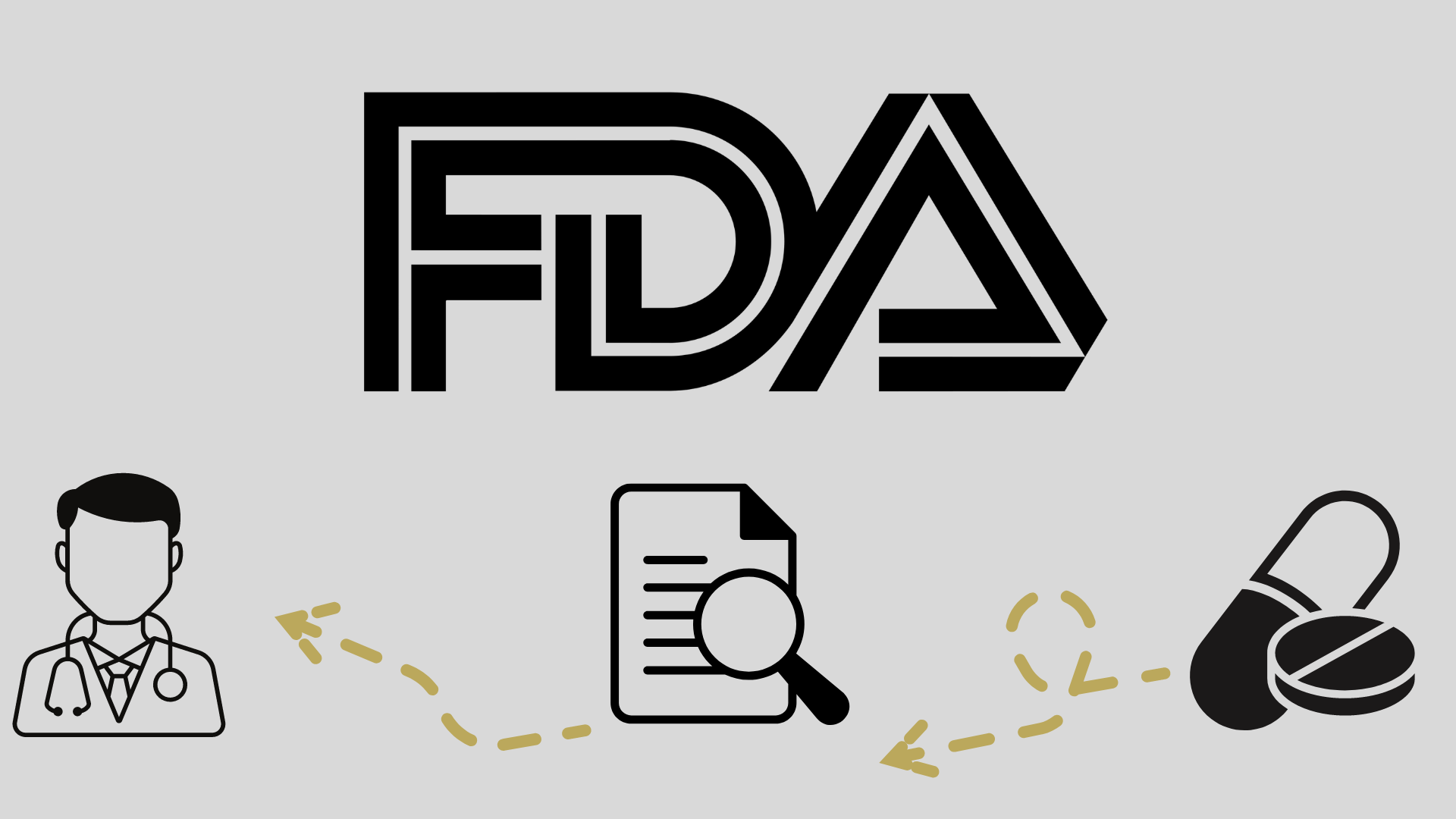
Zolbetuximab Scores FDA Approval in CLDN 18.2+ Gastric/GEJ Cancer

This approval marks the first CLDN 18.2-targeted therapy in this patient population.
- The FDA has approved zolbetuximab (Vyloy) as a first-line treatment for locally advanced unresectable or metastatic HER2-negative gastric or gastroesophageal junction (GEJ) adenocarcinoma that is claudin (CLDN) 18.2-positive.
- Zolbetuximab is a first-in-class investigational CLDN18.2-targeted monoclonal antibody and is the first targeted therapy for this patient population.
- On May 9, 2024, the BLA for zolbetuximab was resubmitted after a complete response letter (CRL) was issued on January 4, 2024, by the FDA.
The FDA has approved zolbetuximab for the first-line treatment of patients with locally advanced unresectable or metastatic, HER2-negative, CLDN 18.2-positive gastric/GEJ cancer, making it the first CLDN 18.2-targeted therapy in this patient population.1
The approval follows a CRL issued in January 2024 after
The approval is supported by data from the
In SPOTLIGHT, zolbetuximab was combined with 5-fluorouracil, leucovorin, and oxaliplatin (mFOLFOX6) and led to a median progression-free survival (PFS) by independent review committee of 10.61 months (95% CI, 8.90-12.48) vs 8.67 months (95% CI, 8.21-10.28) with placebo/mFOLFOX6, leading to a 25% reduction in the risk of disease progression or death (HR, 0.751; 95% CI, 0.589-0.942; P =.0066).2
The international, double-blind, placebo-controlled SPOTLIGHT trial enrolled patients with previously untreated locally advanced unresectable or metastatic gastric/GEJ adenocarcinoma and CLDN18.2 positivity. To be eligible for enrollment, patients must have had moderate-to-strong CLDN18 staining in at least 75% of tumor cells, HER2-negative disease, and an ECOG performance status of 0 or 1. Patients were randomly assigned 1:1 to receive the combination of zolbetuximab and mFOLFOX6 (n = 283) or placebo and mFOLFOX6 (n = 282).
In GLOW,
GLOW was a global, multicenter, double-blind, randomized study. In the experimental arm, zolbetuximab was administered at a loading dose at cycle 1, day 1 followed by a lower dose during subsequent cycles every 3 weeks. Patients in the experimental arm also received CAPOX until confirmed disease progression or completion of 8 treatments. For the CAPOX regimen, oxaliplatin was administered on day 1 of each cycle, and capecitabine was administered on days 1 through 14. Chemotherapy was continued at the investigator’s discretion or until the patient met the discontinuation criteria. Patients in the comparator arm were administered matching placebo and CAPOX.








































